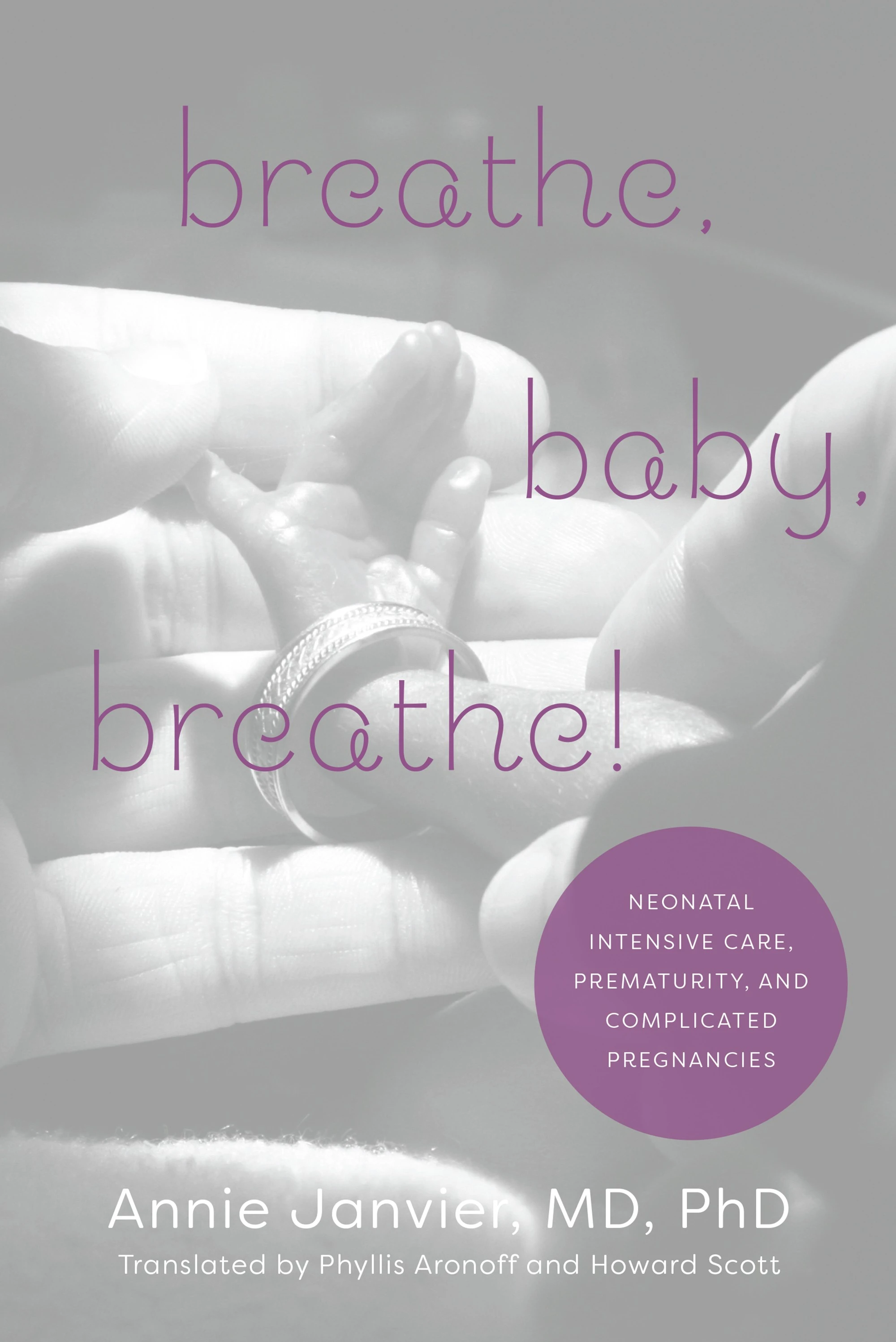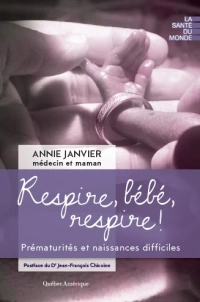How would you answer the question posed in this title? Given the relative rarity of infant cancers, I guess you would have to follow thousands of babies treated with iNO, and compare with thousands of babies who were equally sick but not treated with iNO. You could only do that with national databases I would guess. Here is a new study that has done exactly that: (Dixon F, et al. Treatment with nitric oxide in the neonatal intensive care unit is associated with increased risk of childhood cancer. Acta Paediatr. 2018). There are previous studies showing an increase in hepatoblastomas amongst very preterm babies, and apparently there are also some studies showing an increase in malignancies among larger than average babies.
This new publication suggests that, as a new potential risk factor, or marker of risk, inhaled nitric oxide use in the neonatal period is associated with an increased risk of neonatal cancers, and specifically liver tumours.
The birth database that the authors used included just over 1 million births between 2000 and 2011, with the outcome of interest being malignant disease diagnosed at any time, so the average follow up was about 6.5 years. There were just over 1000 cancers diagnosed, so about 0.1% of live born babies.
2.2% of the total birth cohort of babies were in the NICU database, whereas nearly 6% of the cancers were among NICU patients (or ex-NICU patients). They looked at demographics, especially gestational age and birth weight. And found 2 associations, being preterm or being high birthweight, between the occurrence of any cancer and the characteristic. Being born before 37 weeks gave an increased Odds Ratio of cancer of 1.3 (95% CI 1.0-1.6) and, for being over 4 kg the OR was 1.4 (1.2-1.6).
The authors then examined the various subgroups of cancers, for the preterm group, the risk appears to only be increased for hepatic tumours. The OR being over 12 for the babies between 23 and 31 weeks and 2.0 for the 32 to 36 week group. Although the impact of being very preterm was “statistically significant” this group only included 3 babies with liver tumours, similarly in the 32 to 36 week group there were another 3 babies, compared to 20 in the full term group.
The authors don’t identify the type of liver cancers in their study, but the majority of pediatric liver cancers are hepatoblastomas, those are embryonal tumours that are thought to often have their origin in the prenatal period. I have seen 3 or 4 hepatoblastomas diagnosed in the late fetal, or neonatal period. The association with preterm birth has been postulated to be due to exposure to numerous oncogenic or potentially oncogenic phenomena, such as x-rays, phthalates and other drugs.
In this study the authors excluded babies with a diagnosis in the first 4 weeks of life, so one of my first thoughts, which was that maybe the babies were sick because they already had complications of their cancer (although rare that could happen often enough to change the imbalance by a couple of kids or so).
Among the neonatal therapies they examined, from the NICU database were surfactant, indomethacin, postnatal steroids, and inhaled nitric oxide. There were 8 babies who received nitric oxide who developed a cancer, of a total of nearly 800 NO treated patients. In the abstract they note that the 8 who developed cancer 4 months to 5 years after inhaled NO treatment were between 30 and 41 weeks gestation. That information doesn’t seem to be anywhere else in the manuscript.
All observational studies are at risk of residual confounding, even when you do your best to correct for everything that you can think of. That is why RCTs are so powerful! So what are the risks for confounding in these data? Infants who receive inhaled NO are often acutely sick, have multiple infusions of multiple different drugs, may have TPN for prolonged periods, have multiple x-rays.
Is it biologically feasible that inhaled NO could increase the risk of hepatic tumours? There is some evidence, that the authors quote, of involvement of nitric oxide in oncogenesis, but the articles that the authors quote are all about intra and intercellular signalling by endogenously produced NO. That is very different to potential roles of inhaled NO, which has largely been degraded to nitrates and nitrites before it gets anywhere else in the body than the lung. Nitric oxide has oxidant and anti-oxidant and nitrosylating actions in the lungs of treated animals, but it might be a stretch to suggest that the same effects might occur in the liver or the brain.
If you take hepatic tumours out of the equation, is there any other signal in these data? That is hard to say as the numbers start to get too small, I would guess, if you break down different tumours by intervention type. But I would also guess that if all the 8 NO treated babies had the same kind of weird tumour (or the same kind of less weird tumour like Hodgkins Lymphoma for example) they would have said so.
I think that, as with all well-performed large observational studies, we are left with associations, that could potentially be causative, but might also be related to other risks that the babies have in common. It would be nice to see a case control study, or one using propensity score matching, comparing sick NICU babies who received NO and those who didn’t but who had a similar duration of intensive care treatment, assisted ventilation, exposure to phthalates, numbers of chest x-rays etc, to see if the risk remains when well matched for other interventions. Other studies to see if there is a dose-response relationship might confirm the possibility that the effect is causative.
Given that there is no good evidence that inhaled NO improves clinically important outcomes in preterm babies, this new data suggest that we should avoid iNO in the preterm patient unless you have a good reason for supposing it will be helpful. In full term babies inhaled NO may be life-saving, and the possibility of an absolute 1% risk increase in cancer risk should be taken into account, but would not often change my mind. On the other hand, less of most things is likely to be less toxic, so weaning nitric oxide as soon as it isn’t helping anymore is probably a good thing to do, and not only for the possible cancer risk.
We should now perform more epidemiologic studies in unrelated populations to see if we can confirm this worrying association, and that it is robust after correcting for other potential confounders.









What about the use of high FiO2 which is known to cause the release of free radicals and is a cause of vasoconstriction? This in turn causes ROP, BPD and other organ damage. If the authors went back to look at the supplement oxygen use in this cohort they may see this as a contributory factor to childhood cancers. We know very premature infants do not have the ability to fight off free radicals because of their inability to produce antioxidants. This in turn can cause long term damage.